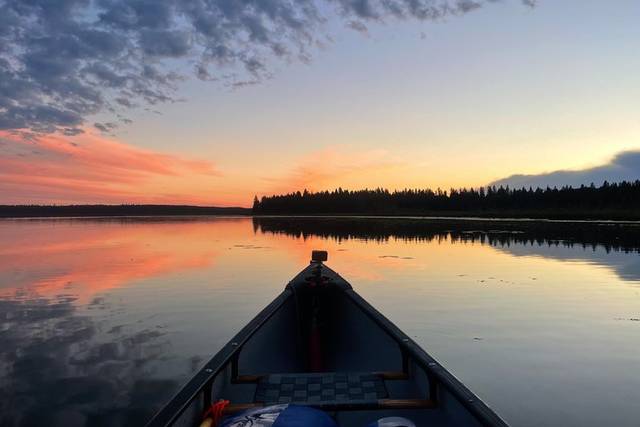From the glassy stillness of early morning lakes to the roaring swells of northern rivers, Canada’s canoe routes remain some of the most captivating in the world. While modern travel has opened countless ways to explore the country, many adventurers are turning back to paddles and portages, seeking the intimacy with the land and water that only canoeing can provide. This resurgence is particularly evident in parks across Ontario, Manitoba, and British Columbia.
Algonquin Provincial Park in Ontario has long been considered the crown jewel of Canadian canoeing. Its vast network of interconnected lakes and rivers offers both novice and seasoned paddlers a variety of routes, from short day trips to multi-week expeditions.
'There’s a sense of timelessness when you’re gliding through these waters,' said guide Sarah Pritchard, who has been leading trips in the park for over a decade. 'It’s the same view Indigenous communities and early fur traders would have seen centuries ago.'
In Manitoba, the Bloodvein River has gained attention for its blend of natural beauty and cultural significance. Designated as a Canadian Heritage River, it winds through boreal forests and past ancient pictographs that tell stories of the region’s Indigenous peoples. Paddlers here face challenging rapids but are rewarded with an unmatched sense of history and connection to the land.
British Columbia’s Bowron Lake Circuit offers an entirely different experience, with a near-perfect square of lakes connected by short portages that take paddlers deep into the Cariboo Mountains. Wildlife sightings are common, including moose feeding at the shoreline and loons calling in the evening mist.
'It’s remote, but not inaccessible,' said outdoor photographer Daniel Kim. 'You can feel completely removed from the modern world while still knowing you can finish the route in a week.'
The renewed interest in canoeing has also been fueled by social media, where paddlers share images of glassy waters reflecting fiery sunsets. But long-time enthusiasts warn against underestimating the challenges.
'Preparation is everything,' Pritchard advised. 'You have to respect the water, know the weather, and have the skills to handle emergencies. It’s beautiful, but it’s not a theme park.'
Provincial governments and tourism boards have taken note, investing in improved campsite facilities, better signage, and educational programs that teach paddling skills and safety. These efforts aim to make canoeing more accessible while ensuring the preservation of delicate ecosystems.
Partnerships with Indigenous groups have also introduced cultural education into guided tours, allowing visitors to learn about traditional knowledge and the historical role of waterways.
For those who embark on these journeys, the reward is more than just scenic views. Paddlers often speak of the mental clarity that comes from days spent on the water, away from screens and schedules. As more Canadians trade in road maps for route maps, the country’s canoe culture appears poised for another golden era — one that honors both adventure and stewardship.
